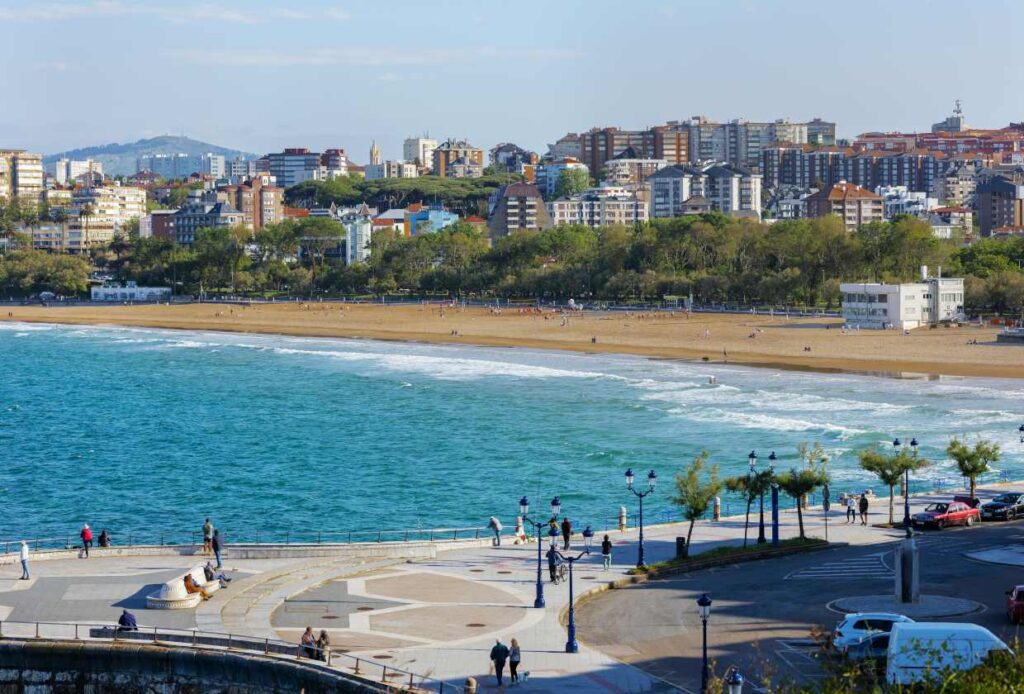Cantabria, a picturesque region in northern Spain known for its lush landscapes, has unveiled an ambitious new tax incentive program designed to attract foreign investment and residents. Starting in 2025, the regional government, under the leadership of María José Sáenz de Buruaga, will implement a series of tax deductions aimed at boosting economic activity and addressing the ongoing demographic challenges in the region.
These measures align with Cantabria’s broader economic strategy to make the region an attractive destination for both international investors and people from other parts of Spain. In this guide, we’ll explore the details of these tax incentives, who qualifies, and how this could impact the region’s economy.
Tax Deductions for Foreign Investors
To attract international capital, Cantabria will offer up to 20% tax deductions for foreigners who invest in the region and establish their fiscal residency there. These incentives are specifically aimed at investments in property, companies, or funds that are domiciled within Cantabria. However, there are several conditions that investors must meet to qualify:
Key Conditions for Eligibility
- Minimum Investment Period: The investor must maintain their investment for at least six years.
- Residential History: Applicants cannot have been Spanish residents for at least five years prior to establishing residency in Cantabria.
- Property Investments: Tax benefits apply solely to commercial real estate investments and not to properties intended for personal use or short-term holiday rentals. This measure addresses the ongoing housing affordability concerns in Spain.
For instance, a foreign investor who places €1 million in eligible investments could save €200,000 on their Cantabrian income tax obligations.
Similarities to the “Mbappé Law” in Madrid
Cantabria’s approach is reminiscent of Madrid’s recent “Mbappé Law,” which also focuses on attracting foreign investors by offering tax incentives. The objective behind both these initiatives is to drive economic growth by drawing in high-net-worth individuals who can contribute to regional development. By aligning their tax benefits with those seen in Madrid, Cantabria aims to position itself as a competitive alternative for international capital inflow.
Tax Incentives for Spanish Nationals Moving to Cantabria
In addition to attracting foreign investors, Cantabria is also keen to draw new residents from other regions of Spain. The government will cover between 10% to 25% of relocation costs for Spanish nationals who decide to move to Cantabria. Eligible expenses include:
- Travel and Moving Costs: Reimbursement for relocation expenses incurred while moving to the region.
- Settling-In Expenses: Coverage for initial costs related to establishing a new household.
Eligibility Criteria for Domestic Movers
- Applicants must not have lived in Cantabria for the four years prior to relocating.
- The new residents must commit to staying in the region for at least three years.
These measures are part of Cantabria’s broader strategy to address population decline and stimulate economic growth in rural and underpopulated areas.
Economic and Social Impact of the New Policies
According to recent statements by President María José Sáenz de Buruaga, these reforms are expected to inject an additional €90 million into the local economy by increasing disposable income for Cantabrian residents and attracting new investments. This is a significant fiscal move that aims to balance growth without compromising the quality of public services.
The tax reform package also includes targeted incentives for rural areas to combat depopulation. This includes deductions on personal income tax (IRPF), reductions on property transfer taxes for younger buyers, and support for families who relocate to remote regions for work.
A Comparison of Regional Tax Strategies
While Cantabria is taking an aggressive stance with its tax incentives, other Spanish regions like Andalusia and the Basque Country are also implementing policies to attract investors and skilled workers. However, Cantabria’s focus on long-term investment retention and specific exclusions for personal property use sets it apart. This ensures that the benefits align with the region’s sustainable development goals while addressing social challenges such as housing shortages.
Conclusion
Cantabria’s new tax incentives present a promising opportunity for both international investors and Spanish nationals looking to relocate. With a mix of financial benefits and strategic investments in rural areas, the region aims to transform itself into an economic powerhouse in northern Spain. As the program rolls out in 2025, it will be crucial to monitor how these policies impact the local economy and demographics.
Resources
- Official statement from María José Sáenz de Buruaga on Cantabria’s fiscal reform – El Diario Montañés
- Details on the Mbappé Law and Madrid’s tax strategy – El Confidencial
- Analysis of Cantabria’s economic and demographic challenges – La Vanguardia
- Information on relocation incentives for Spanish residents – Eldiario.es
This comprehensive guide covers the latest updates and provides insights into Cantabria’s strategy to attract both capital and residents, aligning with Spain’s broader economic goals for the coming years.



